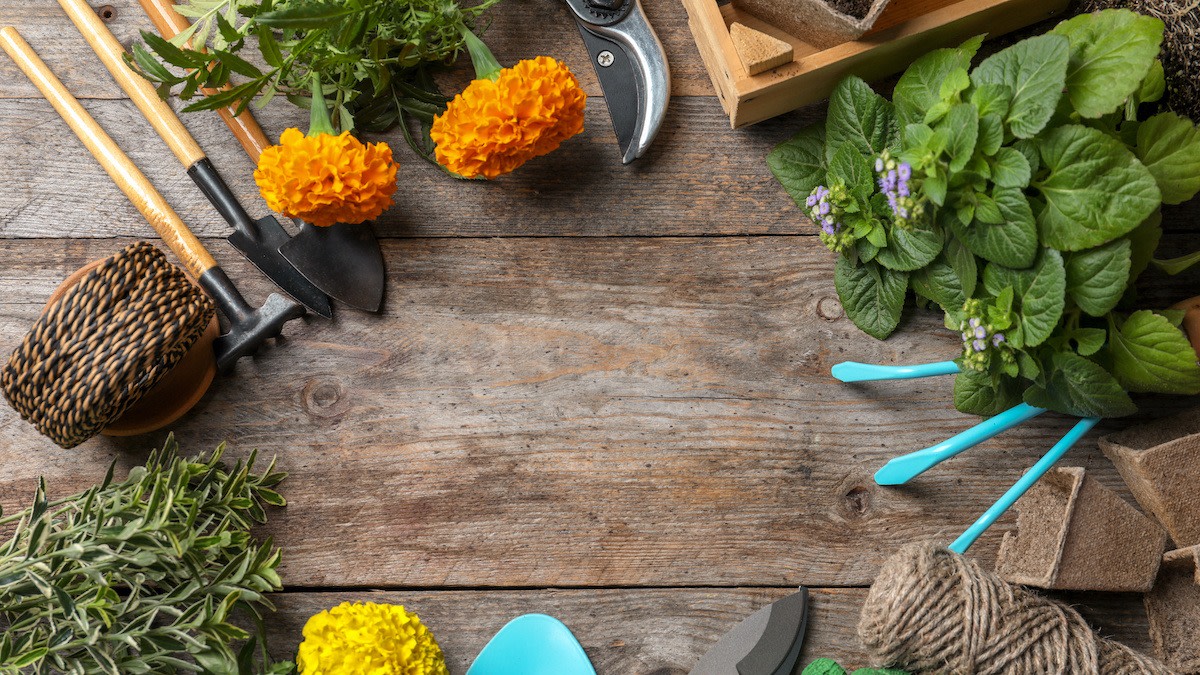Home & Lifestyle
How to Plant Flower Seeds in Your Home Garden
Written by MasterClass
Last updated: Jun 7, 2021 • 2 min read
Starting flowers from seed requires more effort than buying mature plants and transplanting, but it gives you more control over the growth of your flowers.
Learn From the Best
How to Plant Flowers in Your Home Garden
Whether you’re planting annual flowers or perennial flowers in your garden, you’ll need to ensure that you plant your seeds properly and care for the young plants as they grow.
- 1. Determine whether annuals are hardy or tender. If you’re planting annual flowers, first check whether they’re hardy or tender. Plant hardy annuals in late autumn or early winter. They will continue to germinate through the winter and will bloom come spring. Plant tender annuals at least six weeks after the last spring frost date, typically in late spring. More specific information on plant hardiness and suitability to your hardiness zone is usually included on the seed packets at garden centers.
- 2. Start perennials when the weather is mild. Early fall is the best time to plant perennials. Planting in fall gives the flower plants time to grow the root systems they’ll need to produce foliage and flowers in the spring and summer. If you live in a climate with harsh winters, consider planting perennials in early spring after the last frost.
- 3. Plant your seeds in moist, nutrient-rich soil. Some flowers grow best if the seeds are started indoors under grow lights. These include alyssums, amaranth, snapdragons, pansies, petunias, catmint, dianthus, impatiens, and salvias. Fill a small pot or an egg carton with seed-starting mix rich with peat moss, and plant flower seeds just under the surface of the soil, at a depth about two or three times the width of the seed. Keep the soil moist over the course of three to five weeks. You can accelerate the germination process by covering the plants with clear plastic wrap after misting to create a greenhouse-like effect. Once the seeds begin to sprout, carefully transplant the seedlings to your outdoor garden. You can directly sow flowers like cosmos, calendulas, larkspurs, marigolds, morning glories, nasturtiums, sweet peas, sunflowers, and zinnias outside.
- 4. Be patient with perennials. Unlike annuals, perennial seeds take longer to germinate. Do not transfer seedlings until they produce true leaves (when a sprout emerges from a seed, the first leaves that appear are called cotyledons, and the true leaves develop later). Perennial flowers may not grow much in the first year. You’ll see more growth in the second and subsequent years.
- 5. Ensure that your seedlings get enough light. Seedlings and plants need light to grow. That's why grow lights are a useful tool for germinating seeds if you don't live in a sunny area. Perennials, especially, take longer to germinate and grow, so it is important that they are lit for 15 to 16 hours per day. If you live in an area with lots of sunlight, you can leave your germinating seedlings on a windowsill or next to a window. When planting or transplanting seeds, research the variety of flowers to ensure that you plant them in a garden bed that gets the right type of sunlight.
- 6. Consider companion planting. Companion planting involves planting your flowers in close proximity to other beneficial plants. Companion planting improves plant growth, helps with pest control, and maximizes garden space. You can also plant flowers near vegetables, as they attract beneficial insects that deter pests.
Learn More
Grow your own food with Ron Finley, the self-described "Gangster Gardener." Get the MasterClass Annual Membership and learn how to cultivate fresh herbs and vegetables, keep your house plants alive, and use compost to make your community - and the world - a better place.
